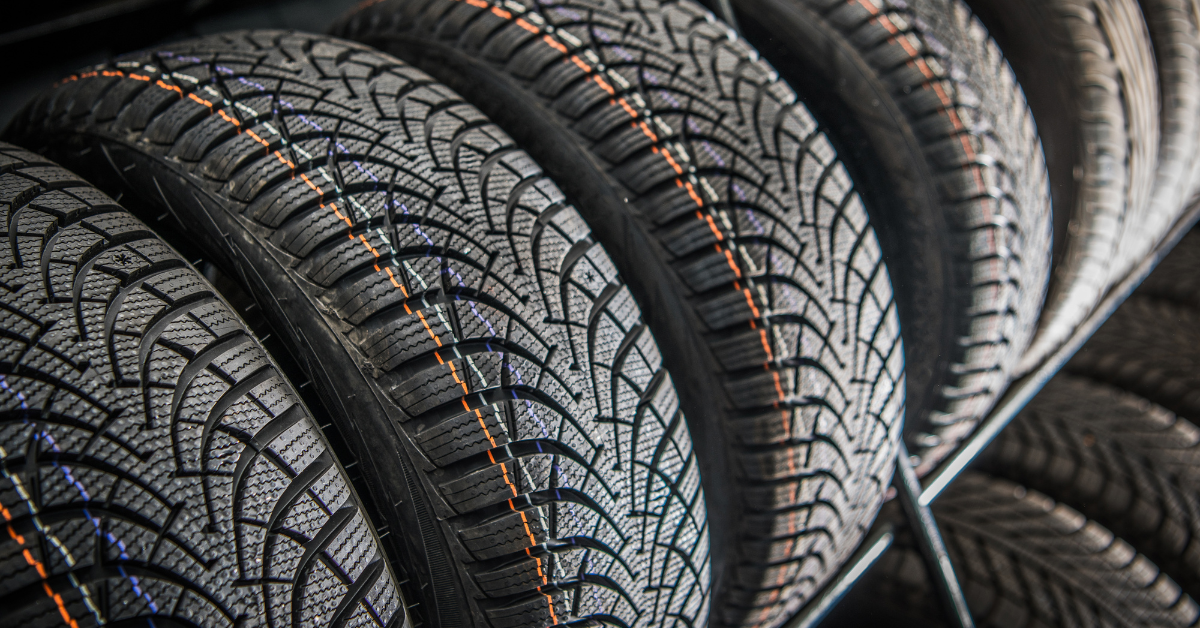Understanding the natural process of dry rotting in tires and taking proactive measures to combat it is crucial for maintaining tire health, especially when tires are left in storage for extended periods. This article outlines effective ways to store tires to prevent dry rot, ensuring longevity and safety when they hit the road again.
Cleaning for Preservation
Cleaning tires before storage is a simple yet impactful preventive measure. Mud and debris on tire surfaces can accelerate dry rot by pulling out essential oils from the rubber. Using just water and a sponge to clean tires removes contaminants without further drying them out. Avoid using specialized tire cleaning soaps if you plan to store the tires soon after cleaning, as these can contribute to further drying.
Shielding from Sunlight Exposure
Direct sunlight, with its UV rays, hastens the dry rotting process in tires. Storing vehicles or tires in a space shielded from direct sunlight is essential. If an ideal space isn’t available, investing in an opaque cover that extends over the tires can provide protection. These covers shield tires from UV exposure, ensuring they remain in optimal condition.
Maintaining Consistent Temperature
Extreme temperatures and drastic temperature fluctuations contribute to dry rotting. Keeping a vehicle or tires in a storage space with a consistent temperature helps mitigate this risk. Storing a vehicle indoors, such as in a storage unit, is advantageous in preventing temperature-related tire damage. In extreme climates, temperature-controlled storage facilities may be a wise investment for optimal tire preservation.
Sealing Tires in Bags
To combat dry rot, it’s crucial to reduce exposure to oxygen. For tires removed from vehicles and stored for more than six months, sealing them in bags is recommended. While specialty tire bags are available, cost-effective alternatives involve using heavy-duty plastic bags securely taped to create a sealed environment. This minimizes exposure to oxygen and protects against dry rot, flat spotting, and uneven wear.
Checking for Dry Rot Signs
Regular inspection is key to catching dry rot early. Signs include a grayish “washed out” color, visible cracks, and a change in the tire’s texture from a slight sponginess to a more leather-like feel. When taking a vehicle out of car storage, a thorough visual inspection of the tires will help identify any dry rot issues that may have occurred during the car storage period.
By implementing these proactive storage strategies, businesses and individuals alike can effectively prevent dry rot in tires, ensuring their vehicles are road-ready when needed. Taking the time to clean, shield, control temperature, seal, and inspect tires will contribute to overall tire health and safety.


